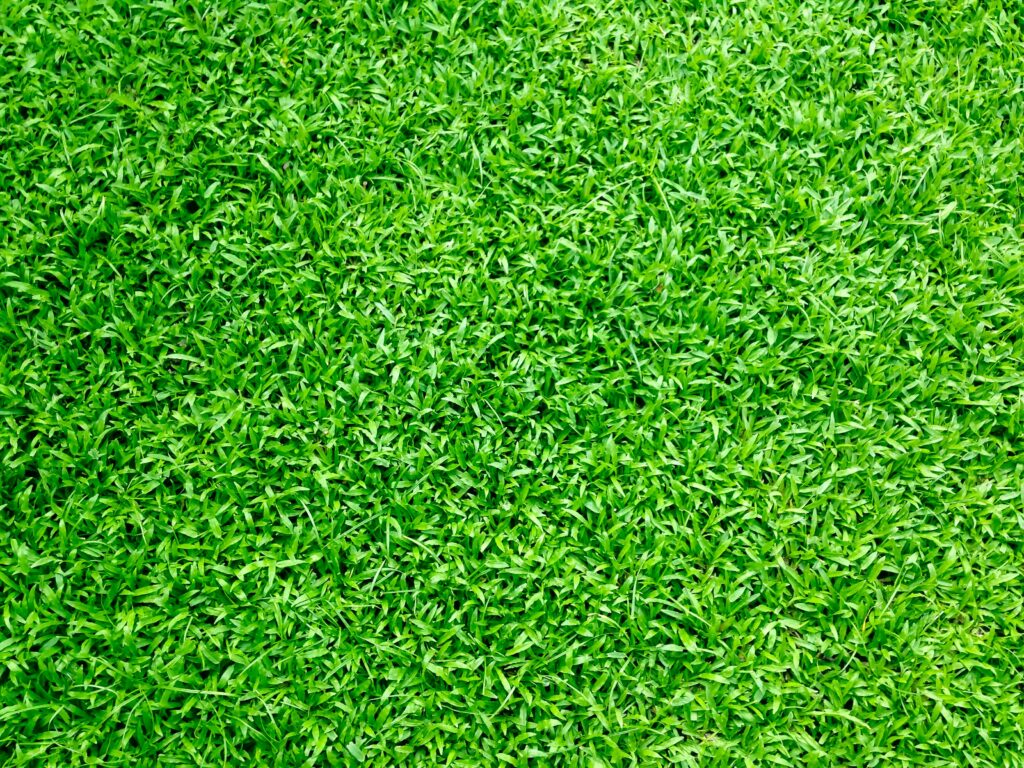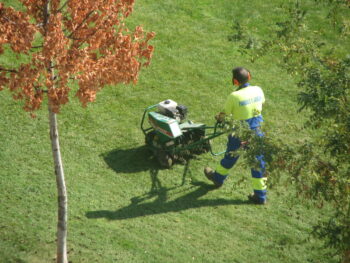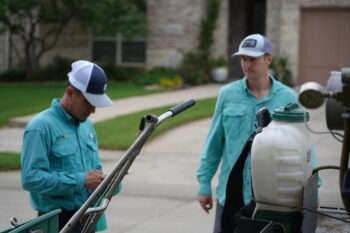Have you ever looked out at your lawn and wondered what type of grass is covering it? Understanding the specific grass variety in your yard is essential for proper lawn maintenance and care. Different grass types have varying growth habits, maintenance requirements, and tolerance to climate conditions. In this article, we will explore the key characteristics of grasses. Then we will explain how to answer the question- how do I know what kind of grass I have.
Warm Season, Cool Season, and the Transition Zone
The first step in determining your grass type is to understand whether your lawn falls into the warm or cool season category. Warm season grasses thrive in regions with hot summers and mild winters, typically found in the Southern states.
On the other hand, cool season grasses are well-suited for regions with cold winters and moderate summers, predominantly growing in the Northern states. In between these two regions lies the transition zone, characterized by a mixture of both warm and cool season grasses.
This area presents a unique challenge for homeowners, as the fluctuating temperatures require careful consideration for lawn care and maintenance.
The University of California Agriculture and Natural Resources (2019) states failure to properly identify a turfgrass species can lead to mistakes in maintenance. For example, not all turfgrass species tolerate the same mowing height or frequency. Irrigation frequency and the amount of water needed vary among species as do the frequency and amount of fertilizer. Turfgrasses also differ in how they adapt to sun, shade, and temperature. Most lawns are mixtures of various turfgrass species (para 2).
Cool Season Grasses
Cool season grasses are known for their ability to withstand cold temperatures and exhibit vigorous growth during the spring and fall seasons. Some commonly found cool season grasses include:
- Kentucky Bluegrass
- Perennial Ryegrass
- Tall Fescue
- Fine Fescue (includes creeping red fescue, chewings fescue, hard fescue)
Warm Season Grasses
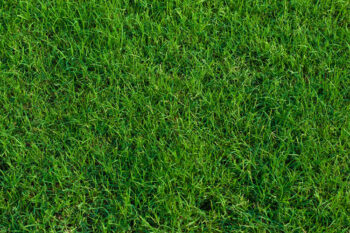
Warm season grasses thrive in hot and humid climates and exhibit peak growth during the summer months. They have better tolerance to drought and higher temperatures. Popular warm season grasses include:
- Bermuda Grass
- St. Augustine Grass
- Zoysia Grass
- Centipede Grass
- Bahiagrass
- Buffalo Grass
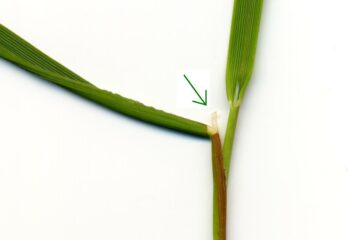
Grass Characteristics
When identifying your grass type, it is important to consider other features beyond its name. Grass varieties can have different blade shape types, such as flat, folded, or rolled. Additionally, they may exhibit varying hues of green, blue, or gray, which can aid identification.
The ligule is a significant feature found at the collar region of grass blades. It can be classified into different types, such as membranous, hairy, or absent altogether.
Garrett (2022) informs us that the absence or presence of a ligule, as well as what type you see, are very helpful characteristics to make note of. Membranous ligules look white early in the growing season, but turn yellow, brown, or orange with age. They can be tall (or easy to see) or very short (sometimes requiring a hand lens). Ligules can also be collections of hairs – which can be short and stiff or tall and silky. If a ligule is not present, look for an upside-down horseshoe-shaped smooth surface (para. 9).
Vernation, the arrangement of young leaves in the shoot, can be either rolled or folded.
The auricle refers to the small extension or projection found at the base of grass leaf blades. Depending on the grass species, it can be classified as present, claw-like, or absent.
Finally, grasses have distinct growing habits. Some spread through stolons (above-ground stems), while others use rhizomes (below-ground).
Texas Grass Types
Texas has a variety of grass types due to its diverse climate conditions. However, the most common grass types found in Texas include Zoysia, Bermuda, and St. Augustine.
Zoysia grass is preferred for its ability to resist wear and grow well in full sun. Bermuda grass, on the other hand, is popular due to its quick germination and rapid growth. St. Augustine grass is commonly used in coastal areas due to its excellent tolerance to shade and humid conditions.
These grasses are well-suited for the varying conditions found across the state of Texas and provide a beautiful, lush-looking lawns.
Zoysia Characteristics
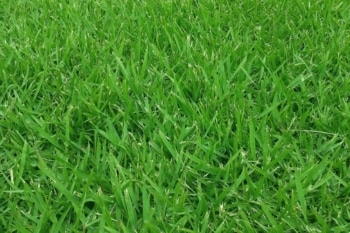
Zoysia grass, a popular warm season grass variety, possesses various distinguishing characteristics. Zoysia grass blades are generally narrow and have a fine texture.
They can appear either dark green or light green, depending on the specific cultivar. The ligule of zoysia grass is membranous and has a pointed or rounded shape.
The vernation, or leaf arrangement, is rolled in zoysia grass. This grass variety typically lacks auricles, which are small extensions found at the base of the leaf blades.
Zoysia grass exhibits a spreading growth habit through the use of both stolons (above-ground stems) and rhizomes (below-ground stems).
Check out our full service lawn care page to learn more about how we can help take care of your zoysia lawn.
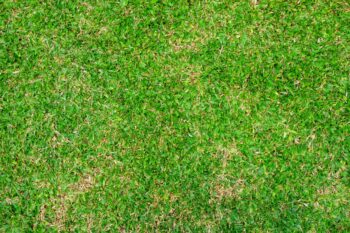
Bermuda Characteristics
Bermuda grass, another well-known warm season grass, displays several distinct characteristics. The blade shape of Bermuda grass can vary, but it is commonly narrow and pointed.
The coloring of Bermuda grass typically ranges from a vibrant green to a blue-green hue. Its ligule is a fringe of hair-like projections. In terms of vernation, Bermuda grass exhibits rolled leaves.
This grass variety does not have auricles present. As for its growing habit, Bermuda grass spreads vigorously through both stolons (above-ground stems) and rhizomes (below-ground stems), allowing it to quickly fill in bare areas and form a dense turf.
Is your Bermuda grass too thin? Read one of our other articles, “How to Fix Thin Bermuda Grass.”
St. Augustine Characteristics
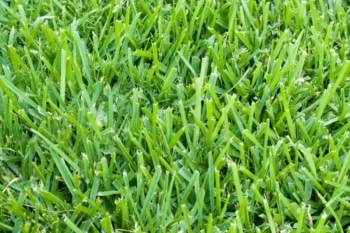
St. Augustine grass, a popular warm season grass, possesses distinct characteristics that set it apart. The blades of St. Augustine grass are broad and flattened, giving them a distinctive appearance.
They typically exhibit a vibrant green color, providing a lush and inviting look to your lawn. The ligule of St. Augustine grass is membranous, with a fringe of fine hairs.
When it comes to vernation, the leaves of this grass variety are folded. St. Augustine grass does not have auricles present. Its growing habit involves spreading through above-ground stolons, which rapidly fill in bare spots and create a dense turf cover.
St. Augustine grass has excellent tolerance to shade and an ability to thrive in warm and humid climates.
Read some specialized tips on how to care for St. Augustine grass.
Conclusion
Identifying the grass type in your lawn is vital for effective lawn care practices. By understanding the differences between grass varieties, as well as considering the unique characteristics of a grass type, you can confidently determine the type of grass you have. Armed with this knowledge, you can tailor your lawn care routine to ensure optimal growth, health, and beauty for your specific grass variety.
Remember, if you ever feel uncertain about your grass type or need further assistance, consulting with a professional lawn care company, like Ryno Lawn Care LLC, can provide invaluable guidance and expertise for maintaining a lush and vibrant lawn.
References
Garrett, Erin. (2022, April 25). Starting with the basics of grass identification. College of Agricultural, Consumer, and Environmental Sciences Illinois Extension. https://extension.illinois.edu/blogs/grasses-glance/2022-04-25-starting-basics-grass-identification
University of California Agriculture and Natural Resources. (2019, December 3). The uc guide to healthy lawns. https://ipm.ucanr.edu/TOOLS/TURF/TURFSPECIES/

